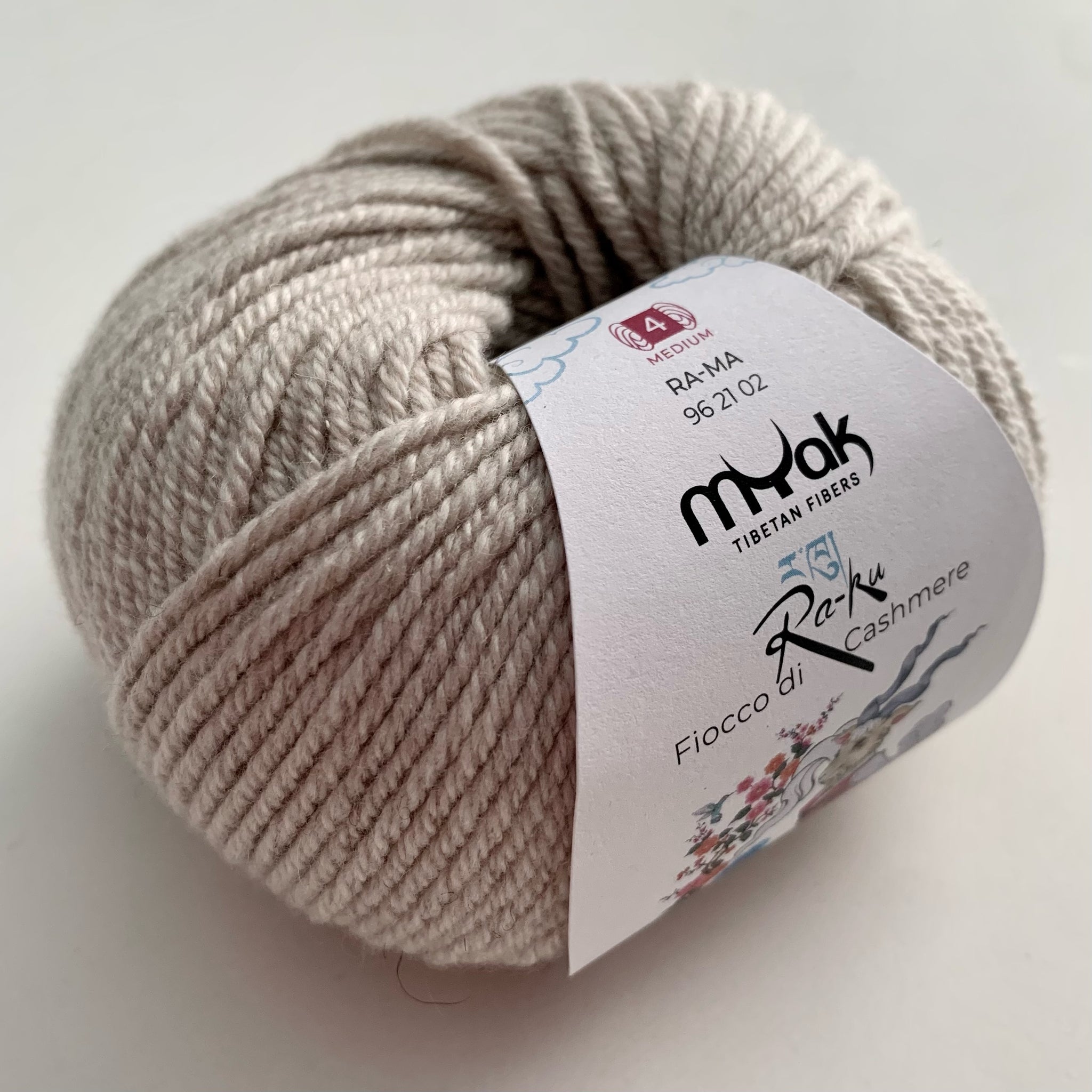How is cashmere Fibre Produced and Why Is It So Desired?
Wiki Article
Factors You Must Require Cashmere a Natural Fiber for Convenience and Style in Everyday Use
In the realm of fabrics, few fibers match the deluxe and convenience of cashmere. How can one best use cashmere to boost their design? These intriguing concerns lay the structure for an informing exploration right into the world of cashmere. cashmere fibre.Comprehending the Elegant Nature of Cashmere

Assessing the Comfort Factor of Cashmere Clothes
What top qualities underscore the comfort element of cashmere garments? The gentleness of cashmere is the very first top quality to take into consideration. Its deluxe texture makes it really feel like a second skin, supplying warmth without the weight or itchiness associated with other wool items. Moreover, cashmere's special fiber framework permits breathability, managing temperature level and protecting against getting too hot. The product's adaptability and toughness guarantee that it molds versus the body conveniently, keeping its form in time. Cashmere's hypoallergenic properties additionally add to its comfort, making it an optimal selection for delicate skin. Last but not least, the ability to layer cashmere pieces without thickness heightens the convenience aspect. Basically, the convenience of cashmere is stemmed from its gentleness, breathability, resilience, hypoallergenic nature, and convenience.
The Environmental Impact and Sustainability of Cashmere
While the comfort and beauty of cashmere are most certainly attractive, it's similarly essential to consider its partnership with the atmosphere. Cashmere production, largely in Mongolia and China, entails increasing cashmere goats, which can significantly strain fragile meadow ecosystems due to overgrazing. Efforts are being made to establish sustainable cashmere manufacturing techniques, such as rotational grazing and cleaner processing strategies.Comparing Cashmere to Artificial Fibers: A Cost-Benefit Evaluation
Regardless of its environmental challenges, cashmere provides an unique collection of advantages over synthetic fibers. On the cost side, cashmere is undoubtedly a lot more expensive as a result of its labor-intensive manufacturing process. The benefits make it worth the financial investment. Cashmere's natural fibers offer unrivaled soft qualities and heat, equating into convenience that synthetic fibers battle to match. Cashmere pieces are extremely resilient, encouraging long life that offsets first expenses over time. Unlike synthetic fibers, cashmere doesn't contribute to microplastic pollution, making it an extra sustainable option. On the other hand, synthetic fibers, while cheaper upfront, supply much less comfort, have much shorter life-spans and position environmental cashmere fibre concerns. Thus, when analyzing cost-benefit, cashmere's superior qualities make it a rewarding financial investment for day-to-day wear.Styling Tips With Cashmere for Everyday Sophistication
Having considered the cost-benefit analysis of cashmere compared to artificial fibers, it becomes clear why this extravagant material is a preferred choice for numerous. When styling cashmere for daily beauty, simplicity is crucial. A cashmere sweater, as an example, can be coupled with tailored pants or a streamlined skirt for an elegant, put-together appearance - cashmere fibre. For an extra informal ensemble, a cashmere cardigan used over a straightforward tee and pants radiates easy style. Devices can better boost the appearance: a statement pendant or scarf can include a pop of shade to a neutral cashmere piece. Eventually, the fundamental elegance of cashmere makes it a flexible enhancement to any kind of wardrobe, easily enhancing daily attire with a touch of high-end.

Verdict
In recap, the impressive residential properties of cashmere make it a valuable addition to any kind of closet. Its luxurious feel, convenience, breathability, and adaptability to varying temperatures are unparalleled. On top of that, cashmere's sustainability and lower environmental impact compared to synthetic fibers better boost its charm. The timeless elegance of cashmere, combined with its convenience, includes elegance to day-to-day wear. Investing in cashmere garments is a rewarding decision for style, comfort, and sustainability.
Report this wiki page